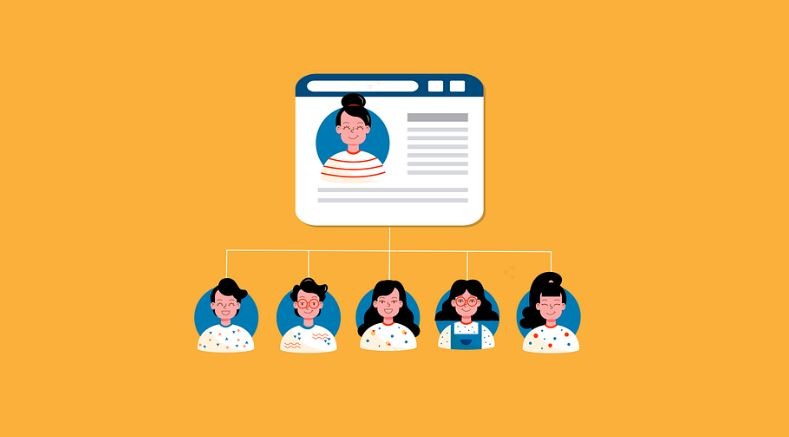Buyer personas are useful tools to help you better understand your target audience, communicate your sales and marketing needs to your team, and improve consistency in all your sales and marketing campaigns. But how do you create one with optimal effectiveness?
What Is a Buyer Persona?
In case you aren’t familiar, a buyer persona is a character or description of characteristics meant to model your target customer. For example, if your brand is targeting middle aged men who live in the suburbs, your buyer persona will be a middle aged man who lives in the suburbs.
You can include many other details about this person, including how they work, how much money they make, what brands they currently buy from, their family status, and dozens of other variables. Some brands are incredibly detailed, attempting to make living and interesting characters, while others try to fit everything on a notecard.
Buyer personas are useful for a variety of reasons. They allow you to focus your sales strategy and give you a training tool you can use to help your salespeople close more deals. They help you better understand your target audience so you can create better marketing and advertising materials. They can even help you change your business’s strategic position.
Best Practices for Creating Buyer Personas
With all that understood, we can learn how to create a buyer persona as effectively as possible.
1. Rely on objective data. As much as possible, rely on objective data. You likely already have some preconceived notions about who your target audience is, what their preferences are, and how they act. But you’re going to have a much more reliable persona to use if you form it using provable metrics. There are many resources you can use to better understand your target demographics, including the Census Bureau, but it’s also important to conduct some surveys. Take a look at all the information you have on your target audience as well as your competitors, compile that information, and begin analyzing it. When you notice commonalities or core characteristics of your target demographics, write them down.
2. Focus on goals. You’ll have to look at a number of different characteristics and variables for your target audience, but one of the most important things to examine is their set of goals. What exactly are they trying to achieve? How are they trying to achieve it? Is this someone who cares a lot about climbing the corporate ladder and achieving career success? Or is their ultimate goal to relax and enjoy themselves? Once you understand the core factors that motivate your audience, you’ll have a much better understanding of who they are fundamentally – and you’ll be much better able to market to them.
3. Include all significant details. When writing out your character descriptions, include all significant details about their life. Make note of not just their age, gender, and socioeconomic status, but also their living situation, their family status, their job, their hobbies, their political opinions, and other preferences they have. Err on the side of being overly descriptive; your buyer personas are going to be much more effective if they’re packed with details than if they’re missing information.
4. Create interactive characters. Your buyer personas will be much more engaging if you treat them like interactive characters. This isn’t just a flat description on a piece of paper; it’s a model for someone who might exist in the real world. Your salespeople and marketers will have a much easier time understanding who this person is and conceptualizing their target audience if you take this approach.
5. Learn the tone. Study your target demographics carefully so you can learn how they talk in a variety of situations. This way, you’ll be able to model their tone and mimic it back to them in conversation and in your marketing materials.
6. Document your work. Sometimes, new and inexperienced business owners create a buyer persona, but they keep it in their own head and talk about it only in abstractions. It’s much better to document your work as thoroughly and objectively as possible.
7. Be willing to adjust. Finally, be willing to adjust. You’re probably not going to perfectly nail down your buyer persona on your first attempt. Continue gathering more information, get feedback from your salespeople and marketers, and use those new insights to make modifications to your existing personas.
Your first attempt at creating a buyer persona may not be perfect. It may take you several iterations of different experiments before you can create a buyer persona quickly and effectively. But your efforts will pay off; with better buyer personas, you’ll likely see far better results in your marketing and sales strategies.

